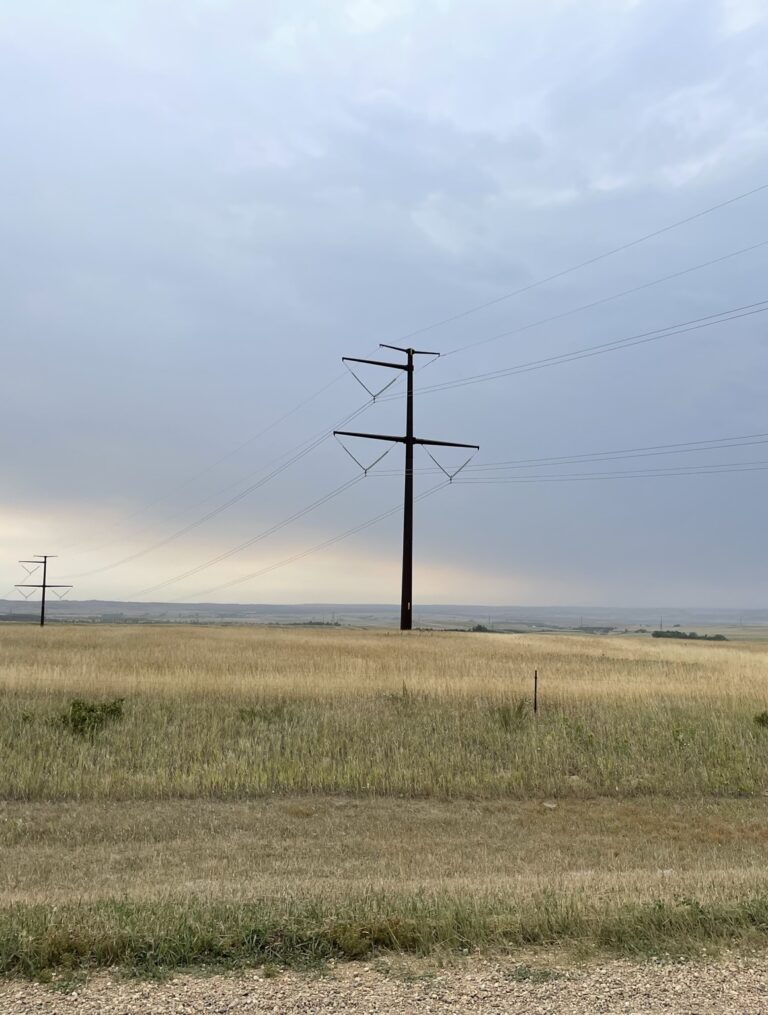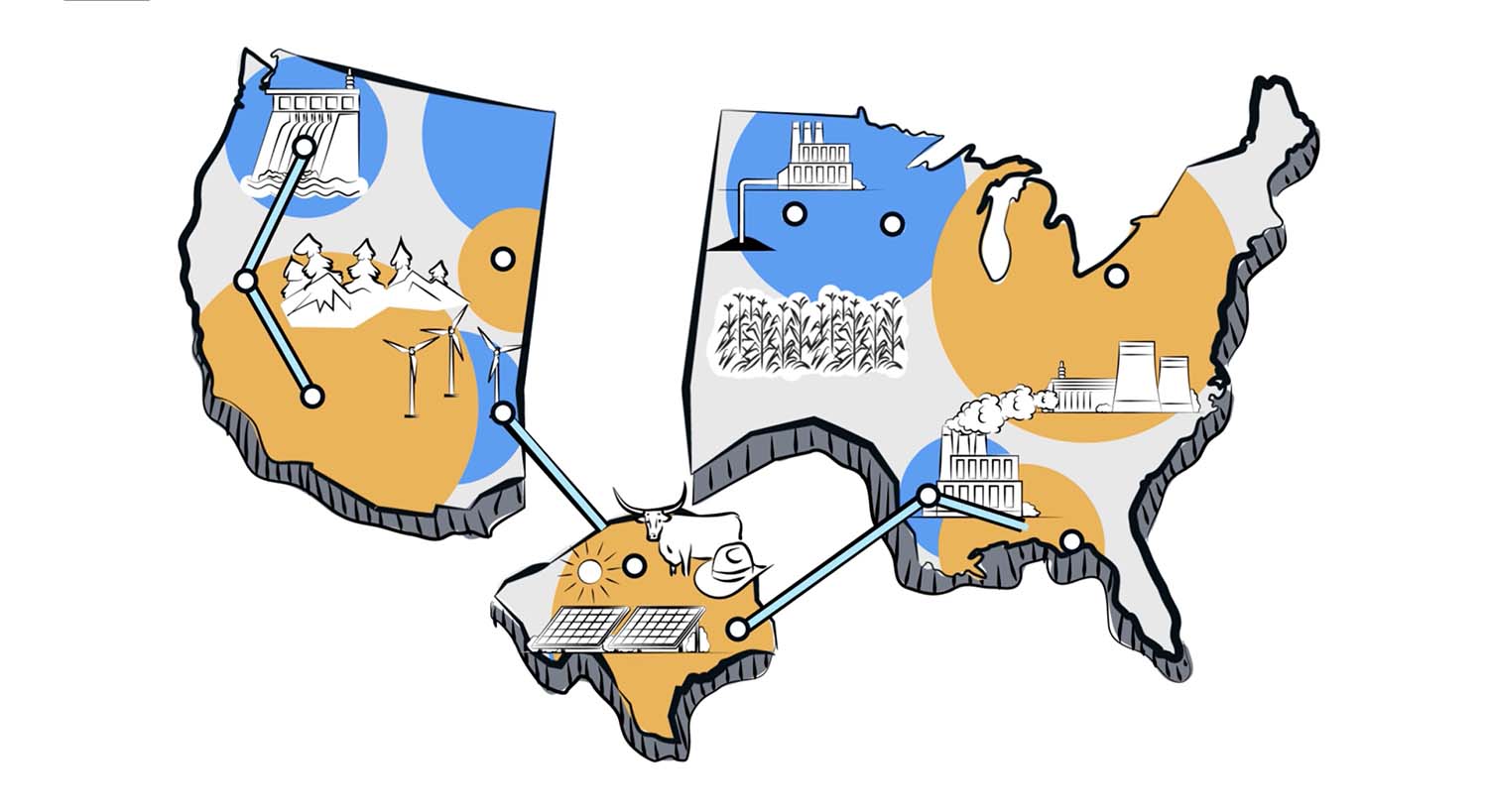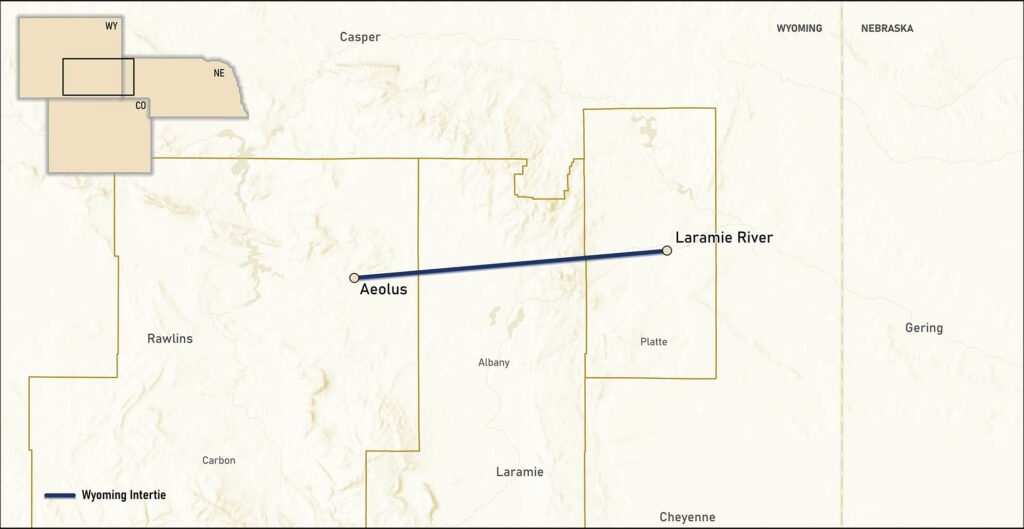Wyoming Intertie
Wyoming Intertie LLC, a Grid United company, is developing a high voltage transmission line to connect the eastern and western interconnects, the two largest grid systems in America, by linking infrastructure in Carbon County, Wyoming to that in Platte County, Wyoming. By enabling power to move between the two grids, the Wyoming Intertie will increase reliability and resiliency of both power grids and allow Wyoming electricity generators to access more markets.
The approximately 100-mile project will be able to move up to 3,000 MW of power between its endpoints. The Wyoming Intertie will be open to all sources of electrical power generation and will transport power in both directions — depending on the real-time power demand on each side.
The Wyoming Intertie is in the planning and development phase and currently studying several corridors and configuration options. The project’s unique routing process will incorporate early stakeholder and landowner feedback on the location of the line prior to initiating regulatory filings. After regulatory approvals and land rights are secured, construction will commence. Initial timeline estimates indicate Wyoming Intertie could be operational as early as 2029.

Uniting the Grid
Our short video describes how America’s electric grid came to be and the solutions we are driving forward – long-haul transmission lines to make our power more reliable and secure.

Watch Video
LINKING THE GRID
Currently, the U.S. power system is comprised of three grids, or “Interconnections”— Eastern, Western, and ERCOT (covering most of Texas). They largely operate independently of one another due to limited connections among them, causing energy inefficiencies, reliability issues, and higher prices for consumers.
The Wyoming Intertie will link two of the U.S. power grids to create a wide range of benefits:
-
Reliable Power
By increasing the transferability of power between both grids, Wyoming Intertie will reduce the risk of outages/blackouts during extreme weather events. -
New Markets
Wyoming’s power producers will gain a new outlet to export excess power during periods of low demand. The Wyoming Intertie is open to all forms of power generation. -
Cost Savings
Consumers will benefit from new access to low-cost energy generated in different regions. By linking geographically and meteorologically diverse regions with complementary power generation profiles (i.e., generate power at different times of day), the Wyoming Intertie will allow both sides of the line to efficiently import at optimal (low cost) times—which reduces the production costs of traditional power generators. -
Jobs & Tax Revenue
The project will be an estimated $1 Billion investment in Wyoming and a long-term asset for the state. Communities and the state will benefit from additional property tax revenue, temporary and permanent jobs, and direct community investments.
Project Location
The Wyoming Intertie will be approximately 100 miles of electric transmission lines stretching across Carbon, Albany, and Platte Counties in Wyoming. The line will link Aeolus, existing substation near Medicine Bow, Wyoming to Laramie River, another existing substation in Wheatland, Wyoming.
Landowner Relations
Our relationship with landowners and communities is at the core of everything we do. We believe that building strong and lasting relationships is key to the project’s success. We are committed to collaboratively developing the Wyoming Intertie, respecting landowners’ private property rights, and conducting easement negotiations in a fair manner.
Project Status
The Wyoming Intertie is currently in the planning and development phase. We are studying several corridors and configuration options for the proposed transmission line and continue to gather input from stakeholders as we further evaluate the potential location for the line. We have also begun meeting with key stakeholders to introduce the project and gather routing input, which we will use to finalize our route analysis prior to initiating regulatory filings.


